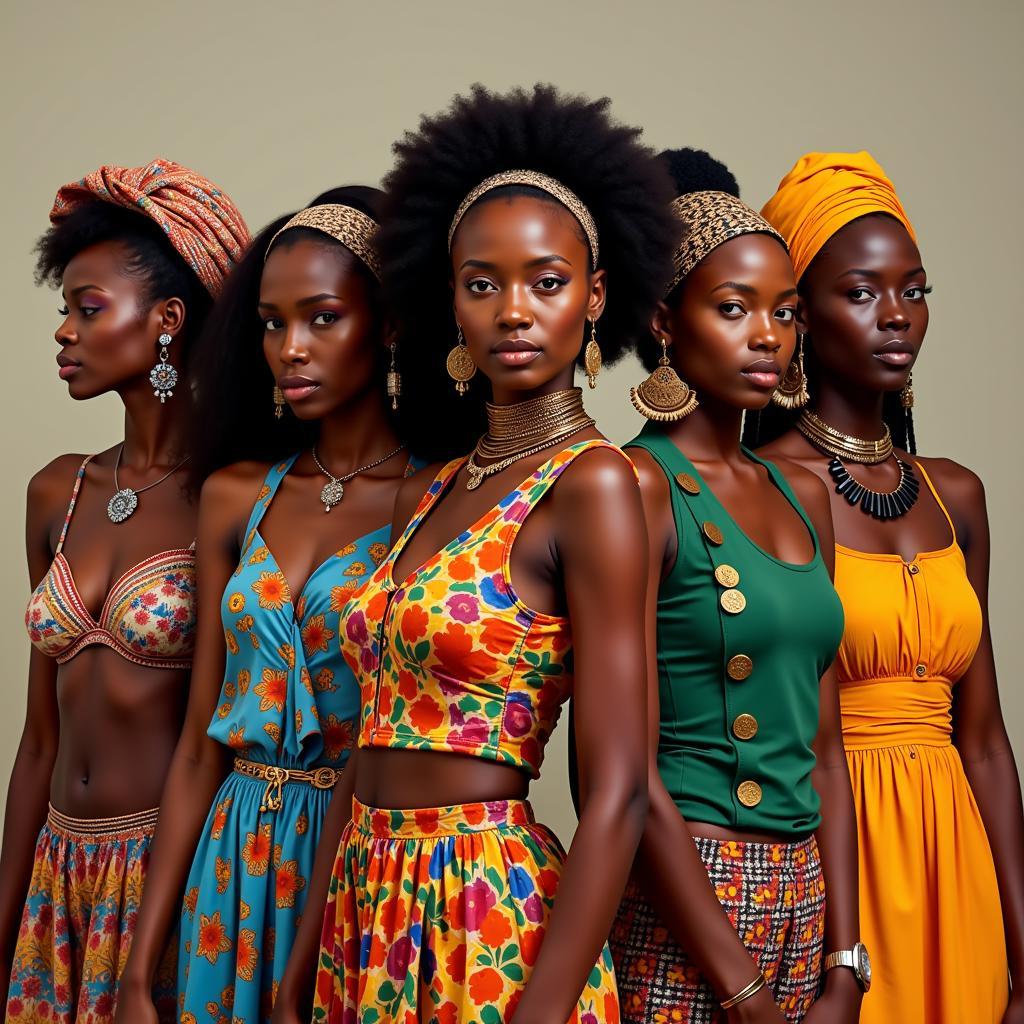Exploring the African Coastline: Where the Atlantic and Indian Oceans Meet
The African continent, a land of vibrant cultures and diverse landscapes, boasts a unique geographical feature: a coastline shared by two major oceans – the Atlantic and the Indian. This intersection creates a fascinating blend of marine ecosystems, influences weather patterns, and has shaped the history and culture of the nations along these shores.
Understanding the Geographical Divide: Atlantic vs. Indian Ocean
The official dividing line between the Atlantic and Indian Oceans along the African coast is generally accepted as Cape Agulhas, the southernmost point of the African continent. Located in South Africa, this rocky headland marks a significant shift in ocean currents, water temperature, and marine life. West of Cape Agulhas, the cold Benguela Current of the Atlantic dominates, while east of the cape, the warmer Agulhas Current of the Indian Ocean prevails.
The Influence of Ocean Currents on Coastal Life
The contrasting currents create distinct ecosystems on either side of Cape Agulhas. The cold Benguela Current supports rich upwelling, bringing nutrient-rich waters to the surface and fostering abundant marine life, including fish, seabirds, and whales. This makes the Atlantic coast of South Africa and Namibia a prime fishing ground. Conversely, the warmer Agulhas Current supports a different array of species, including coral reefs and tropical fish, characterizing the Indian Ocean coastline of South Africa, Mozambique, and further north.
The Impact of the Two Oceans on African Culture and History
The presence of both the Atlantic and Indian Oceans has profoundly shaped the history and cultures of the African nations along these coastlines. From ancient trade routes to colonial encounters, the oceans have served as both bridges and barriers.
Ancient Trade Routes and Cultural Exchange
The Indian Ocean, in particular, has been a vital trade route for centuries, connecting Africa with Asia and the Middle East. This maritime exchange facilitated the spread of goods, ideas, and religions, contributing to the rich cultural tapestry of East Africa. Coastal cities like Mombasa, Zanzibar, and Kilwa flourished as centers of commerce and cultural exchange.
Colonial Encounters and the Shaping of Modern Africa
The arrival of European powers, initially drawn by the trade winds of the Atlantic and later the resources of the interior, dramatically altered the trajectory of African history. Coastal regions became points of entry for colonial expansion, leading to the exploitation of resources and the displacement of indigenous populations. The legacy of this period continues to shape the political and economic landscape of many African nations.
Navigating the African Coast: Key Coastal Features
The African coastline shared by the Atlantic and Indian Oceans is characterized by a diverse array of geographical features, including sandy beaches, rocky cliffs, estuaries, and lagoons.
Cape Agulhas: The Meeting Point of Two Oceans
Cape Agulhas, as the dividing point between the two oceans, holds a special significance. It’s a popular destination for tourists who wish to witness the confluence of these powerful oceanic forces.
Other Notable Coastal Landmarks
Other prominent coastal features include the Cape of Good Hope, Table Mountain, and the Bazaruto Archipelago. These locations offer breathtaking scenery and opportunities for exploration.
Conclusion: A Continent Shaped by Two Oceans
The African continent’s unique position, bordered by both the Atlantic and Indian Oceans, has profoundly influenced its natural environment, history, and cultures. From the rich marine ecosystems to the vibrant coastal communities, the intersection of these two vast bodies of water continues to shape the story of Africa. Understanding this interplay is crucial to appreciating the complex tapestry of this dynamic continent.
FAQ
- What is the official dividing line between the Atlantic and Indian Oceans along the African coast? Cape Agulhas
- What are the main ocean currents influencing the African coastline? The Benguela Current (Atlantic) and the Agulhas Current (Indian).
- How has the Indian Ocean influenced African history? It facilitated trade and cultural exchange with Asia and the Middle East.
- What is the significance of Cape Agulhas? It marks the meeting point of the Atlantic and Indian Oceans.
- What are some notable coastal landmarks along the African coast? Cape of Good Hope, Table Mountain, and the Bazaruto Archipelago.
- What is the impact of the Benguela current? It creates rich upwelling, supporting abundant marine life.
- How did the arrival of European powers impact the African coastline? It led to colonial expansion and exploitation.
Need More Information?
Check out our other articles on:
- The History of Maritime Trade in East Africa
- The Impact of Colonialism on African Coastal Communities
- Exploring the Marine Biodiversity of Southern Africa
When you need assistance, feel free to contact us: Phone: +255768904061, Email: kaka.mag@gmail.com Or visit us at: Mbarali DC Mawindi, Kangaga, Tanzania. We have a 24/7 customer service team.


